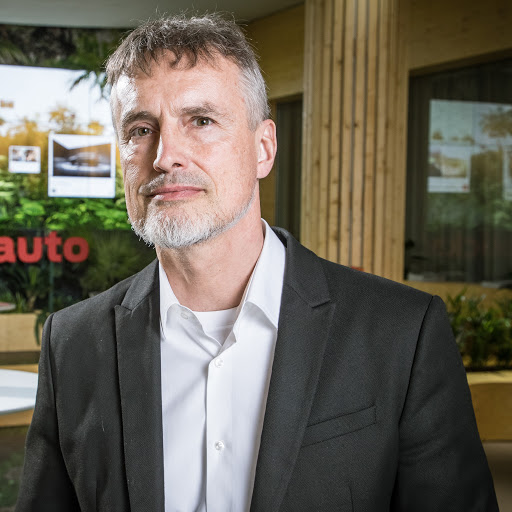Jürgen Schmidhuber

Since age 15 or so, the main goal of Jürgen Schmidhuber has been to build a self-improving Artificial Intelligence (AI) smarter than himself, then retire. His lab's Deep Learning Neural Networks (since 1991) have revolutionised machine learning and AI. By 2017, they were on 3 billion devices, and used billions of times per day through the users of the world's most valuable public companies, e.g., for greatly improved speech recognition on over 2 billion Android phones, greatly improved machine translation through Google Translate and Facebook (over 4 billion LSTM-based translations per day), Apple's Siri and Quicktype on 1 billion iPhones, the answers of Amazon's Alexa, etc. In 2011, his team was the first to win official computer vision contests through deep neural nets, with superhuman performance. In 2012, they had the first deep NN to win a medical imaging contest (on cancer detection). This attracted enormous interest from industry. His research group also established the fields of metalearning, mathematically rigorous universal AI and recursive self-improvement in universal problem solvers that learn to learn (since 1987). In the 1990s, he introduced unsupervised adversarial neural networks that fight each other in a minimax game to achieve artificial curiosity etc. His formal theory of creativity & curiosity & fun explains art, science, music, and humor. He also generalized algorithmic information theory and the many-worlds theory of physics. He is recipient of numerous awards, author of over 350 peer-reviewed papers, and Chief Scientist of the company NNAISENSE, which aims at building the first practical general purpose AI. He is a frequent keynote speaker and advising various governments on AI strategies.